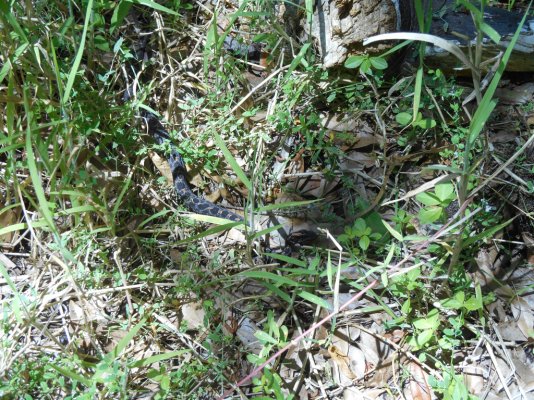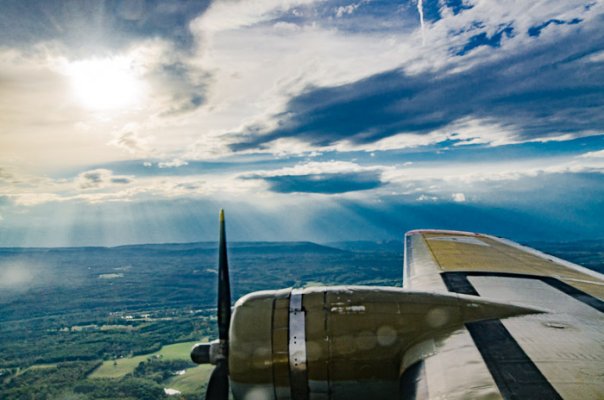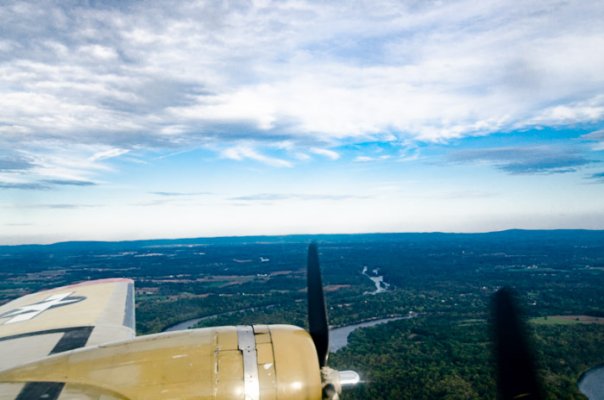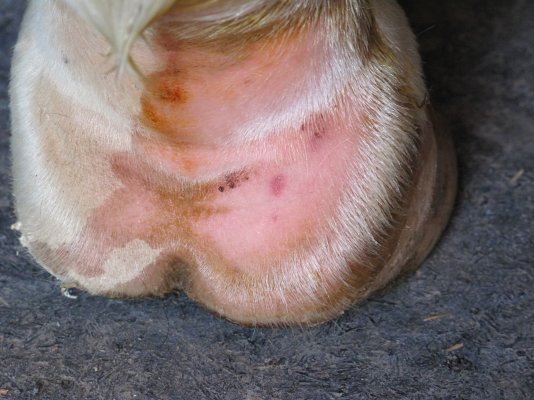OK, here's one way one can check the blurriness of a photograph of a moving object himself.
Take a test object that you want to shoot, and hang it on the end of a 6' long string. Pull the string to 45 degrees off vertical, and let the object swing as a pendulum. At the bottom of the arc when the string passes through vertical, the object will be moving at a speed of 3.24 m/s, or 10.6 ft/s, or 7.2 mph. That's supposedly the average strike speed of a snake.
If you start the pendulum when the string is horizontal (a +- 90 deg swing), then a 6' pendulum will give you a speed of 13.4 mph at the bottom of the arc, which is about the fastest snake strike according to what I saw on the Web.
One can then play with f-stop, exposure time, and last but not least the distance between the camera and the object, as well as the focal length. The longer the distance, the less blurring. Similarly, the wider the lens angle, the less blurring.
Of course it will take multiple shots to catch the object at the bottom of the arc where it has the desired speed. And you would want the object to move across the line of sight of the camera, i.e. not swinging to/fro the camera, for maximum blurriness. That's the same as the snake striking vertically across the line of sight of the camera in the OP's photo.






